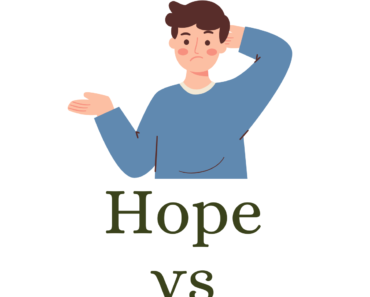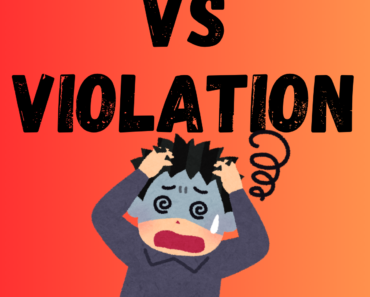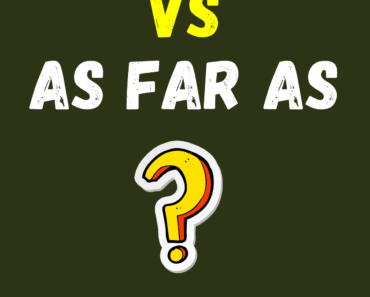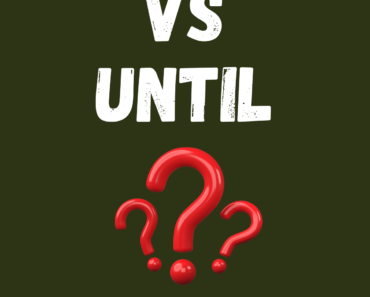While and during are often used to indicate time, but their usage differs. While is typically a conjunction that links two actions happening simultaneously. For example, “I read while eating.” On the other hand, during is a preposition used to indicate when something happens, focusing on a specific event or period.
For instance, “During the meeting, he took notes.” The primary difference lies in how they relate actions and events within time, with while highlighting simultaneity and during focusing on a specific duration or event.
Definition and Usage of “While”
Definition: While is a conjunction that introduces a clause to express an event or action that occurs simultaneously with another.
Usage:
- Expressing Simultaneous Actions: “While reading, she drank coffee.” Here, two actions occur together.
- Contrasting Ideas: “While I like tea, I prefer coffee.” This usage contrasts two different ideas.
- Background Actions: “She sang while he played the guitar.” The background action of playing guitar is highlighted.
Examples:
- Simultaneous Actions: “I was cooking while she was cleaning.”
- Contrasting Ideas: “While it was raining outside, I felt cozy indoors.”
- Background Actions: “They listened while she narrated her journey.”
Definition and Usage of “During”
Definition: During is a preposition that specifies a period or event when something occurs.
Usage:
- Time Period: “During the summer, we go to the beach.” Refers to the entire season.
- Specific Event: “He took notes during the lecture.” Indicates what happened in a single event.
- Activity Span: “We laughed during the performance.” Refers to an activity’s duration.
Examples:
- Time Period: “During the night, the streets are quiet.”
- Specific Event: “She smiled during the ceremony.”
- Activity Span: “He stayed focused during the entire presentation.”







